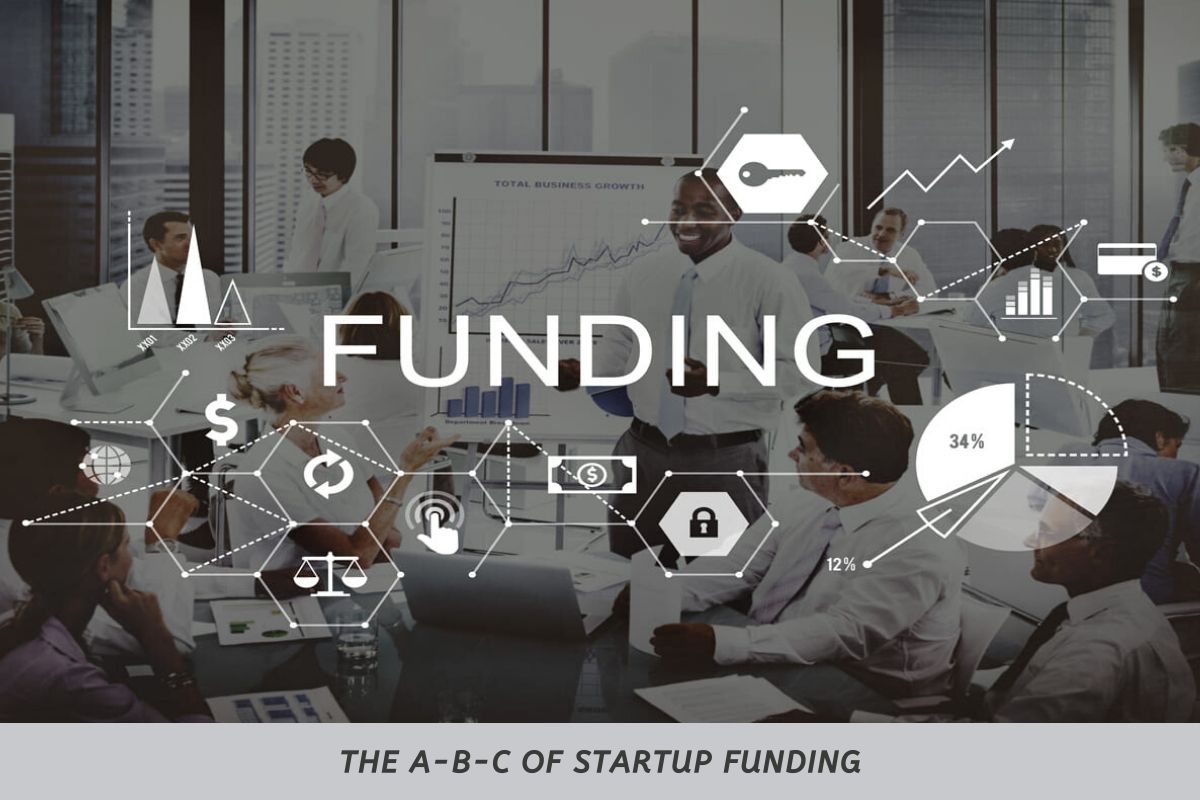A startup always begins with a dream. From formulating an innovation to drawing up a stellar business model, it is not always an easy task. Every startup starts as a humble initiative and gradually climbs up the ladder when it finds itself in good graces of their clients as well as the push given by the colleagues to make that startup shine. Clientele begins to grow gradually, and the company starts expanding in terms of goals and operations. With a combination of hard work and collective success, the startup company becomes highly valuable. The revenues earned starts attracting the attention of venture capital firms who are seeking to profit out of successful startup business models.
However, as much as it sounds basic and formulaic- it is not. It takes a lot of determination and resolution to make one's startup initiative profitable. There are not many companies that work on a stand-alone principle. Most startups turn to venture capital firms for a much-needed push to their business model. The process of raising capital from external investors is called a funding round. The funding rounds work when some equity or partial ownership is offered to the investors.
When one comes across terms like Series A, B or C- it represents the growth process of the business with the help of external investors. Apart from the series funding rounds, there are other types of investment levels as well. It all comes down to the startup’s business model, viability and its impact on the industry.
Most startups kick off with the help of seed funding by angel investors. This seed funding is followed by the series rounds (A, B or C) based on the initial bootstrapping.
Terms to know before proceeding to the details of the funding process
Bootstrapping : Bootstrapping is a situation where an innovator-entrepreneur starts his company with a minimal amount of investment and heavily relies on money which is not sourced from outside investors or VC firms.
Angel Investors : Angel investors are wealthy entrepreneur individuals who invest in startups and provide them with the necessary push in exchange for some equity or partial ownership of the company.
The basics of funding
Before we proceed to know the details of series funding, it is essential to identify the varied participation in investment. In the nascent stages of a startup company, an individual seeks for initial capital. As the business expands, the company goes through a system of series fund rounds (A-B-C) to gain the capital needed for diversification and expansion of operations. It is common for startups to go through an initial round of seed investment before it advances to series funding.
On the other hand, the investors seek for startups with a viable business model from where they can earn a stable revenue. These investors, after attaining a certain amount of equity or a percentage of ownership in exchange for funding, highly anticipate the success of the business model. The investors, who are well-versed with the current market trends, provide the necessary backing to the startups because they believe in the business model they invest in.
Before any funding round commences, the investors take the valuation of the company into account. This valuation is derived from many factors- assets owned, profitability, management skills, risks associated with a particular business model as well as the projected demand for the business model. The distinction between the series rounds lies not only in the valuation of the company but also the business prospect and maturity levels of the company. These factors, in turn, drive the company to seek more funding.
Initial stages of funding: Pre-seed and Seed Funding
Before a company advances to series funding rounds, it goes through initial investment rounds known as pre-seed funding and seed funding. Below given are the detailsPre-seed funding : The earliest stage of funding comes at such a nascent level that it is not even considered within the actual funding stages. This is known as pre-seed funding. The most common pre-seed investors are the founders themselves who amass sufficient capital to initiate a business and give wings to their innovation. Depending upon the cost of a business model, raising pre-seed funding can either be very quick or might take a sufficient amount of time.
Seed funding : Seed funding is the first step of the ladder when it comes to raising funds. It is the first official funding raised by a company before they move on to series funding rounds. The word "seed" is used to explain the analogy of the investment- it is like planting a seed and nurturing it before it develops into a sapling. Seed helps the company to fuel its initial product development and marketing models. This seed funding is then used to seek for a founding team that will lead the company from the frontlines. The potential investors for seed funding may include the founders themselves, friends, family, incubators, stand-alone investors (angel investors) and VC firms.
For some companies, seed funding is the only investment they need to take-off. While for the others, they proceed to series funding. Seed funding raises an amount between $10,000 to $2 million.
The Concept of Series Funding
Now that we know how the concept of initial investment works, it is time to move on to the core of most startup companies- the series round concept
There are mainly three series funding rounds
Series A round : Once a business model has bloomed into a thriving one with a list of loyal clientele and viable revenue figures, that company or enterprise might opt for a Series A funding round which helps the company to adapt their operations with the growing user base and diversify their operations.
Ventures are made whether the product can be implemented on other market bases. Series A round is a push for an expansion drive that will generate long-term profitable revenue. In a Series A funding, the amount raised in a round range between $2 million and $14 million, the average is set at approximately $12.5 million. However, with the presence of highly-valued tech startups, Series A rounds are now reaching even $22 million.
Some of the famous VC firms who are well-known for their Series A ventures are Sequoia, Greylock, Benchmark and Accel Partners.
Series B round : Series B funding round is initiated when the startup company gets a good grip on the pulse of the current market and sets out on an offensive. This is past the developmental stage when the product is ready to be implemented across an extended market reach.
Companies that have undergone both the seed investment and Series A can raise a Series B with their already accumulated extended clientele. Series B is essential for the growth and expansion of the company. The average capital raised in Series B is estimated at around $32 million. The companies earning Series B rounds have a valuation of $30 million to $60 million.
Series C round : When a startup business model is already on a successful run, more investors come into the pool (investment bankers, high-scale VC firms and private equity firms) since the investment risk is substantially lowered. This Series C round funds are utilised on scaling the company and accelerating growth. It can also be used to acquire or initiate a merger with smaller startups who are seeking a buyout.
A company then proceeds for a Series D or a Series E funding to boost its valuation for an imminent IPO. However, most companies terminate their relation with external equity post-Series C round. The companies raising a Series C round enjoy a valuation no less than $115 million.
Conclusion
Understanding the basics of the funding concept will help one understand the dynamics of entrepreneurship and how a startup enterprise overcomes one hurdle after the other to reach the pinnacle. As the company's profile and valuation progress, they graduate from one series round to another. When all is said and done, the company goes either for an IPO to cash out or the entrepreneurs might continue with the funds to achieve their goals. Hope you liked this article on series funding.
Startup Funding Series Funding Seed Funding Venture Capital Angel Investment Startup India Investment

